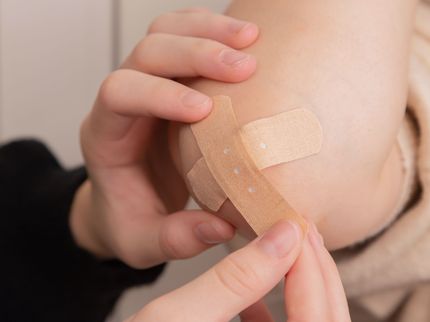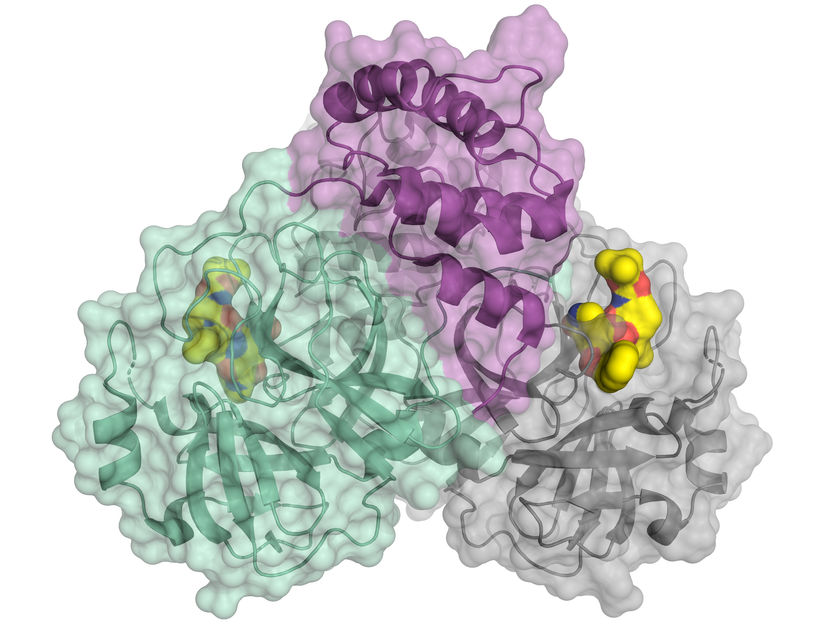New approach to wound healing may be easy on skin, but hard on bacteria
In a presentation to the American Chemical Society meeting, Ankit Agarwal, a postdoctoral researcher at the University of Wisconsin-Madison, described an experimental approach to wound healing that could take advantage of silver's anti-bacterial properties, while sidestepping the damage silver can cause to cells needed for healing. Silver is widely used to prevent bacterial contamination in wound dressings, says Agarwal, "but these dressings deliver a very large load of silver, and that can kill a lot of cells in the wound."
Wound healing is a particular problem in diabetes, where poor blood supply that inhibits healing can require amputations, and also in burn wards. Agarwal says some burn surgeons avoid silver dressings despite their constant concern with infection. Using a new approach, Agarwal has crafted an ultra-thin material carrying a precise dose of silver. One square inch contains just 0.4 percent of the silver that is found in the silver-treated antibacterial bandages now used in medicine. In tests in lab dishes, the low concentration of silver killed 99.9999 percent of the bacteria but did not damage cells called fibroblasts that are needed to repair a wound.
Agarwal builds the experimental material from polyelectrolyte multilayers — a sandwich of ultra-thin polymers that adhere through electrical attraction. To make the sandwich, Agarwal alternately dips a glass plate in two solutions of oppositely charged polymers, and finally adds a precise dose of silver.
"This architecture is very easily tuned to different applications," Agarwal says, because it allows exact control of such factors as thickness, porosity and silver content. The final sandwich may range from a few nanometers to several hundred nanometers in thickness.
Most read news
Other news from the department science

Get the life science industry in your inbox
By submitting this form you agree that LUMITOS AG will send you the newsletter(s) selected above by email. Your data will not be passed on to third parties. Your data will be stored and processed in accordance with our data protection regulations. LUMITOS may contact you by email for the purpose of advertising or market and opinion surveys. You can revoke your consent at any time without giving reasons to LUMITOS AG, Ernst-Augustin-Str. 2, 12489 Berlin, Germany or by e-mail at revoke@lumitos.com with effect for the future. In addition, each email contains a link to unsubscribe from the corresponding newsletter.




















































